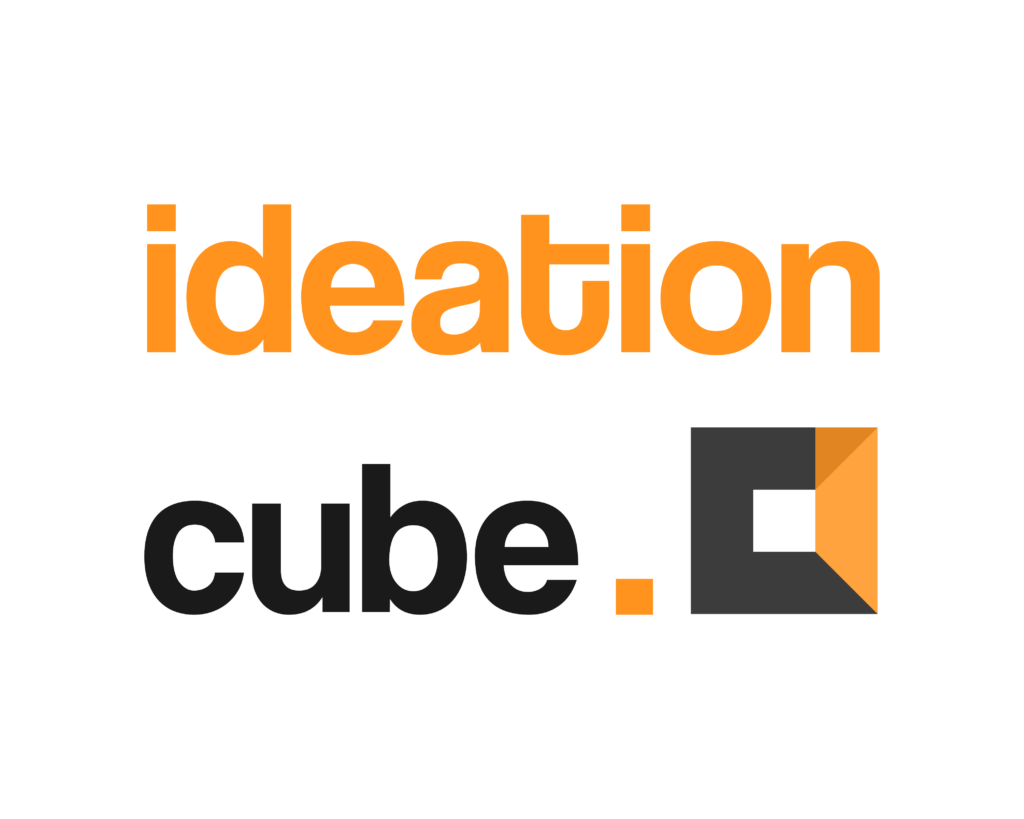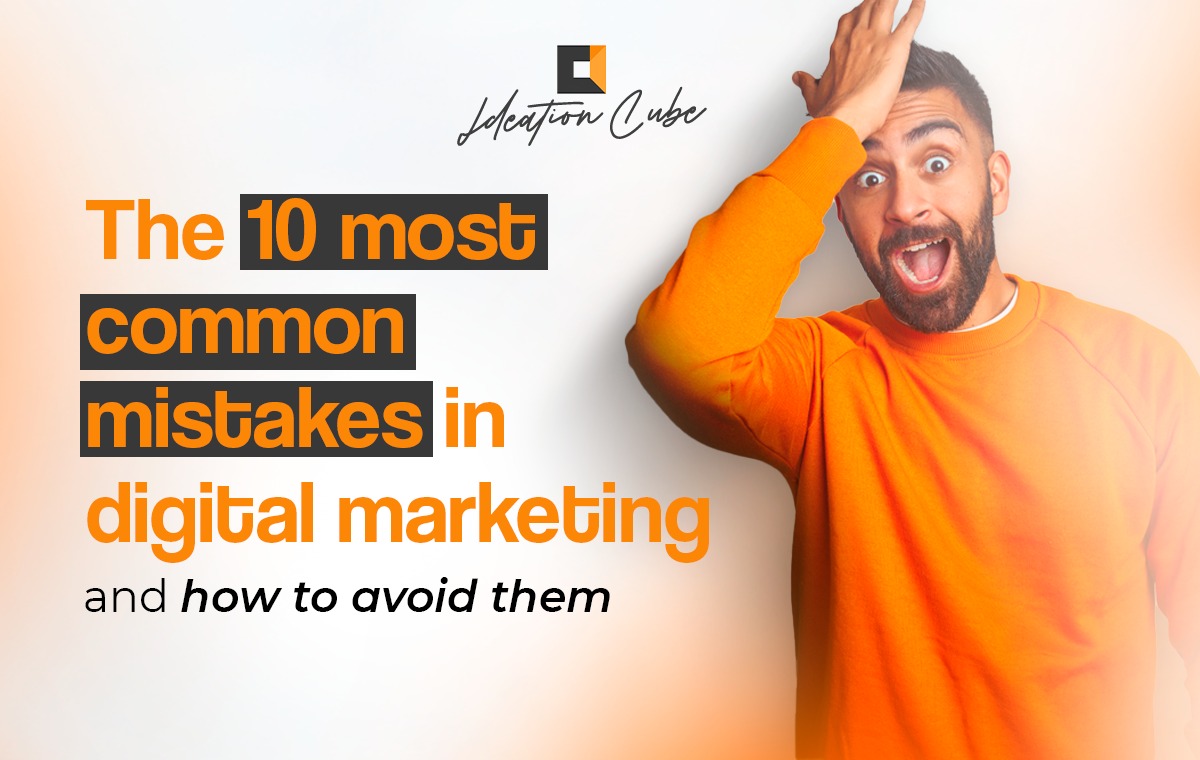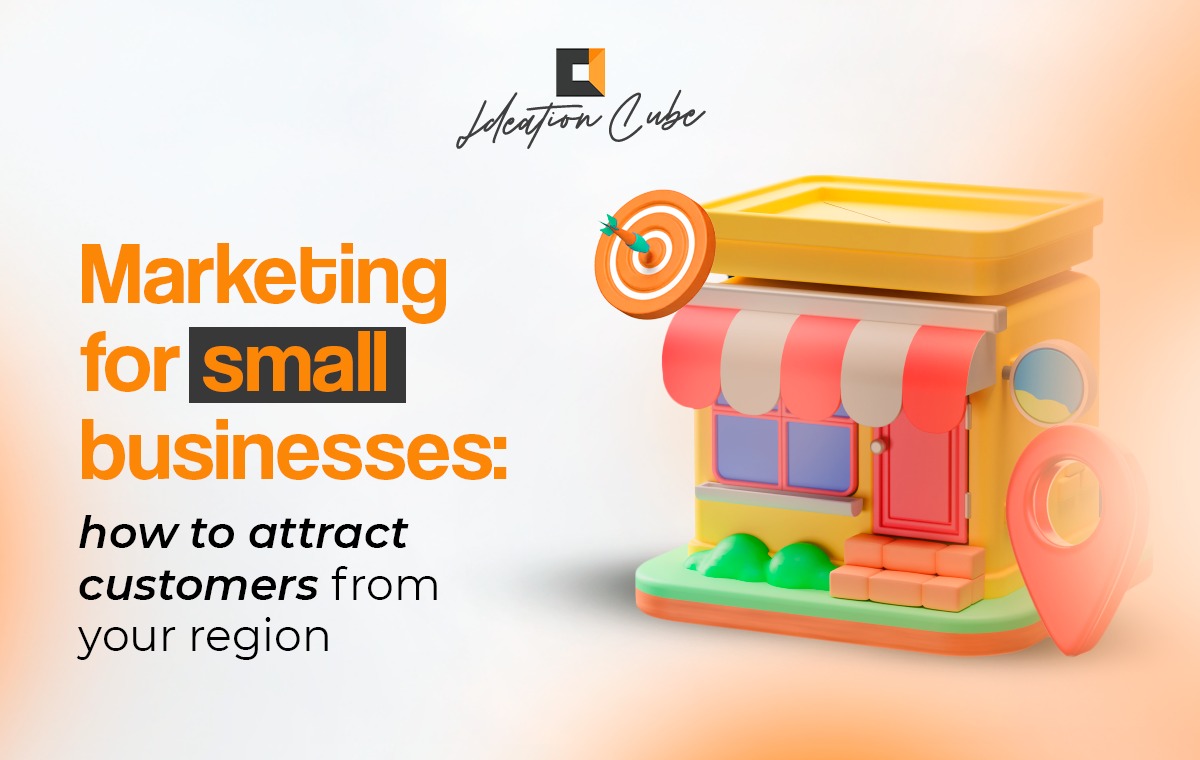Starting and growing a small business in 2025 requires smart marketing strategies that maximize impact while minimizing costs. Fortunately, digital advancements offer budget-friendly opportunities to reach and engage customers effectively. Whether you’re launching a new business or looking to scale without overspending, these five low-cost marketing strategies will help you thrive in a competitive market.
1. Leverage Content Marketing for Organic Growth
Why it works: Content marketing remains one of the most cost-effective ways to attract and retain customers. By creating valuable blog posts, videos, and infographics, small businesses can boost their online presence and improve search engine rankings.
How to implement:
- Start a blog on your website and write SEO-optimized articles related to your industry.
- Repurpose content into social media posts, newsletters, and videos.
- Collaborate with industry influencers or guest post on relevant sites to expand your reach.
Cost-saving tip: Use free tools like Google Keyword Planner to research trending topics and ensure your content targets high-ranking keywords.
2. Optimize Your Google My Business (GMB) Profile
Why it works: A well-optimized Google My Business profile helps your company appear in local searches, increasing visibility without any ad spend.
How to implement:
- Claim and verify your Google My Business listing.
- Update business information, including hours, location, and services.
- Encourage customers to leave positive reviews to boost credibility and local SEO rankings.
Cost-saving tip: Regularly post updates and promotions on your GMB profile to keep your audience engaged and attract new customers.
3. Utilize Social Media for Free Engagement
Why it works: Social media platforms like Facebook, Instagram, LinkedIn, and TikTok provide free exposure and allow businesses to interact with their target audience in real time.
How to implement:
- Post consistently and engage with followers through comments and direct messages.
- Use free tools like Canva to create visually appealing posts.
- Join relevant Facebook or LinkedIn groups to connect with potential customers.
Cost-saving tip: Schedule posts in advance using free scheduling tools like Buffer or Later to maintain consistency without spending on paid social media management.
4. Implement Email Marketing for Direct Communication
Why it works: Email marketing has one of the highest returns on investment (ROI) and is an excellent way to nurture leads without a large advertising budget.
How to implement:
- Collect email addresses through website sign-ups and promotions.
- Send personalized newsletters with valuable content, special offers, and updates.
- Automate email sequences to nurture potential customers over time.
Cost-saving tip: Use free or low-cost email marketing platforms like Mailchimp or Brevo (formerly Sendinblue) to automate campaigns without breaking the bank.
5. Collaborate with Other Small Businesses
Why it works: Strategic partnerships allow small businesses to cross-promote products and services, expanding their reach without additional advertising costs.
How to implement:
- Partner with complementary businesses for joint promotions or bundled offers.
- Exchange guest blog posts or social media shoutouts.
- Organize local events or online webinars together to attract a wider audience.
Cost-saving tip: Use platforms like Meetup or Eventbrite to promote joint events for free and attract potential customers organically.
Conclusion
Effective marketing doesn’t have to come with a high price tag. By focusing on content marketing, optimizing your Google My Business profile, leveraging social media, utilizing email marketing, and collaborating with other small businesses, you can drive growth and engagement while keeping costs low.
Ready to take your small business to the next level? Book a Call Now!
Tags: low-cost marketing, small business growth, budget-friendly marketing, content marketing, social media marketing, email marketing, local SEO, Google My Business, digital marketing strategies, business collaboration, cost-effective advertising, organic marketing, free marketing tools.




